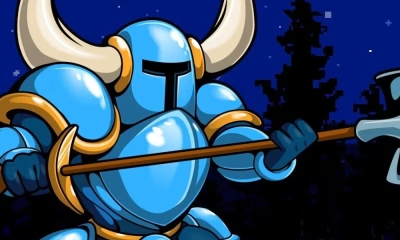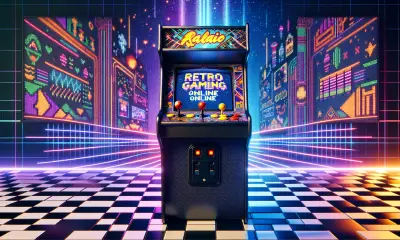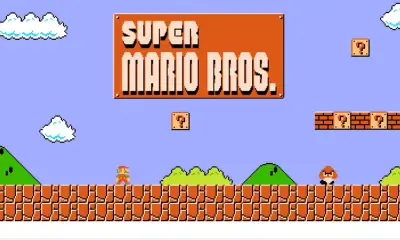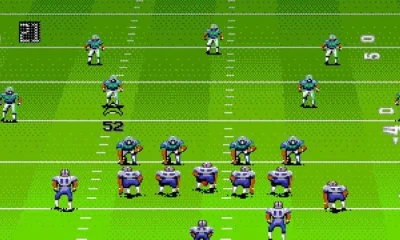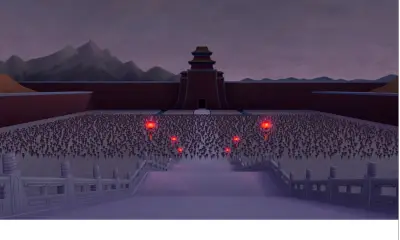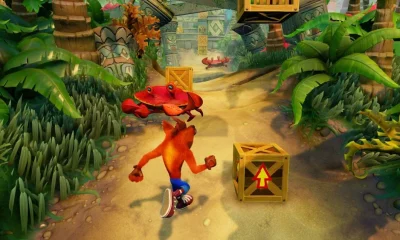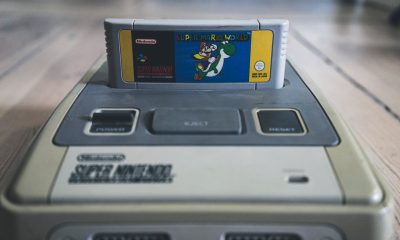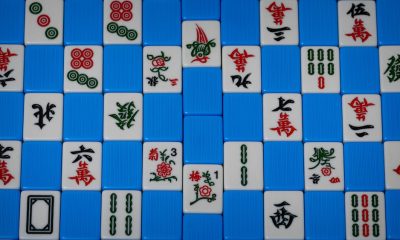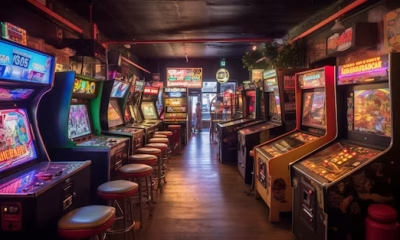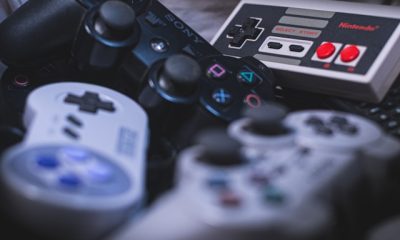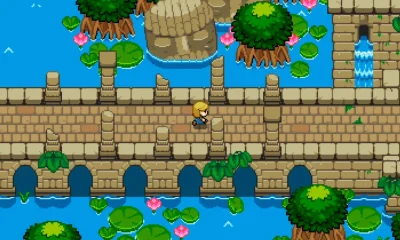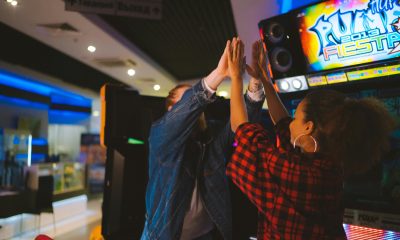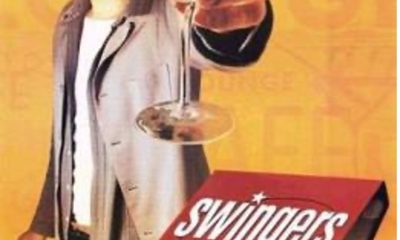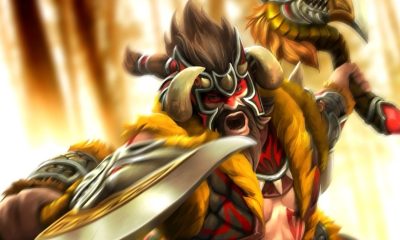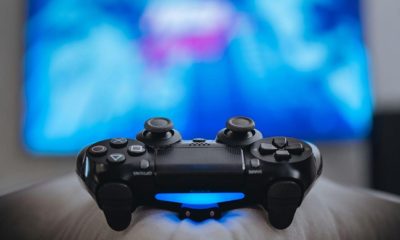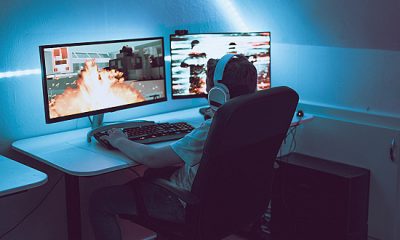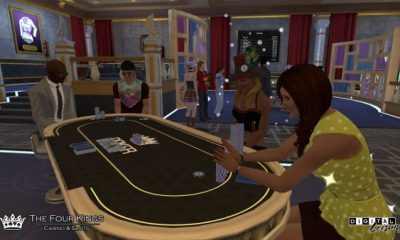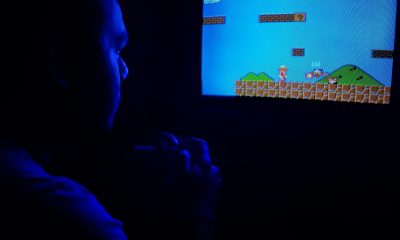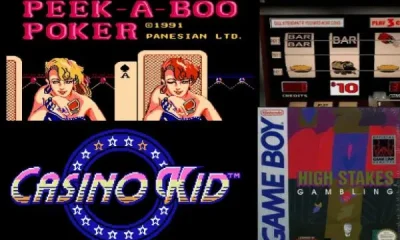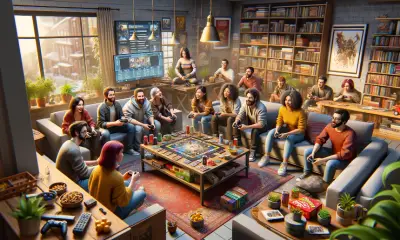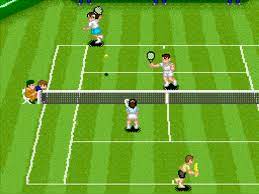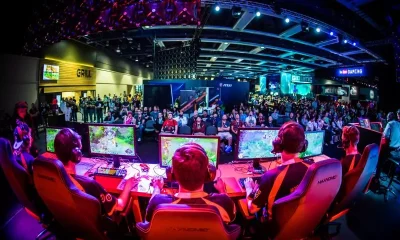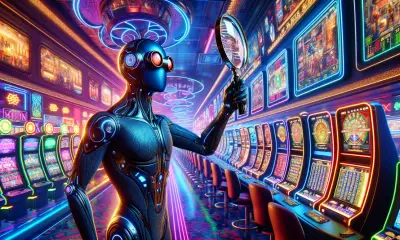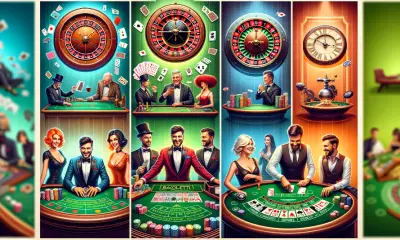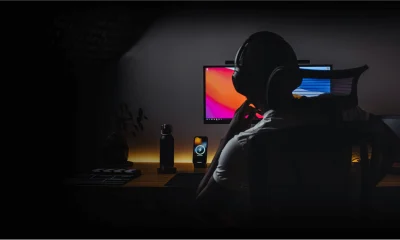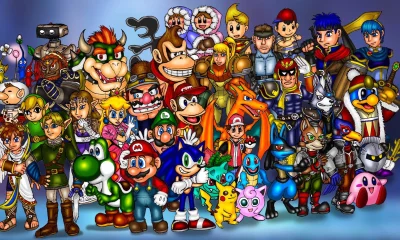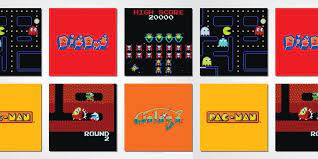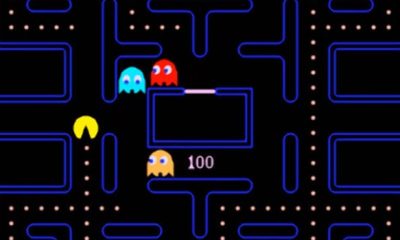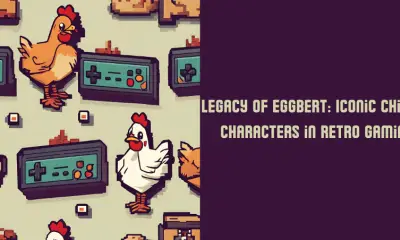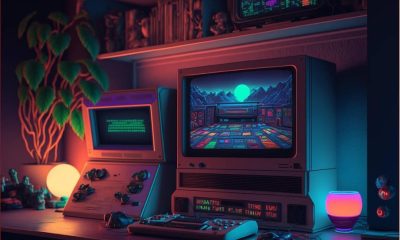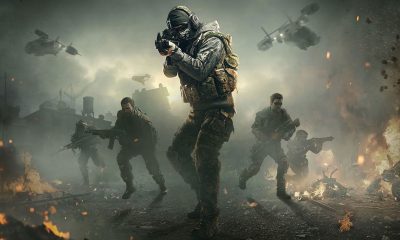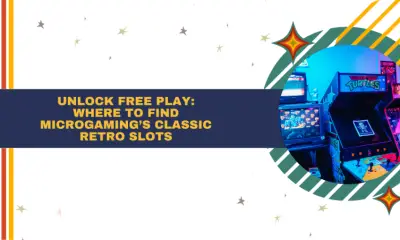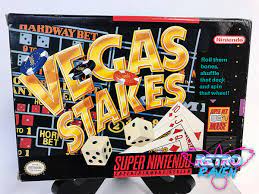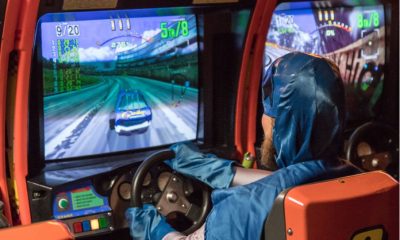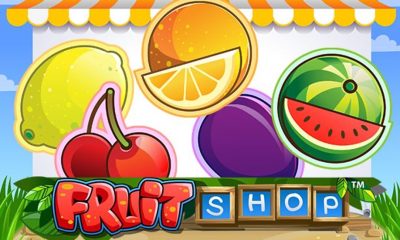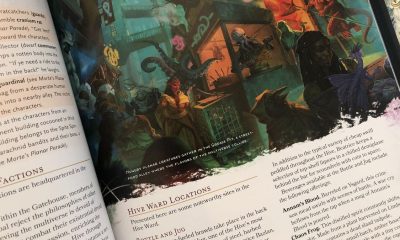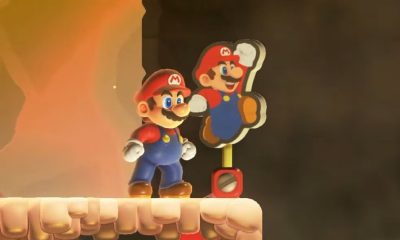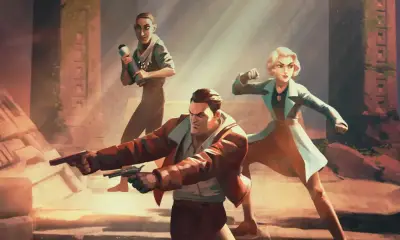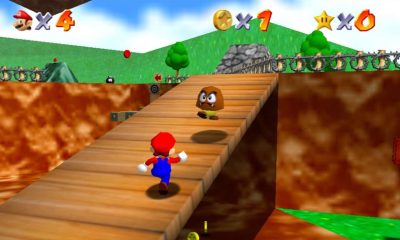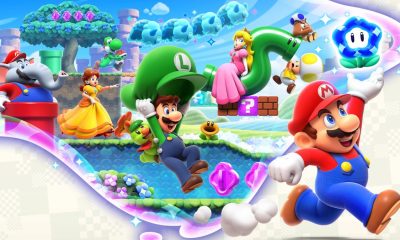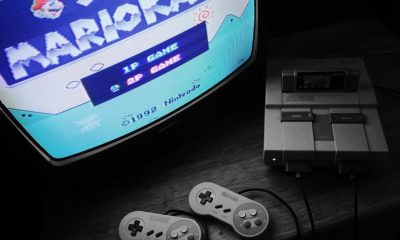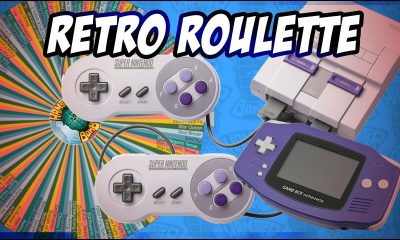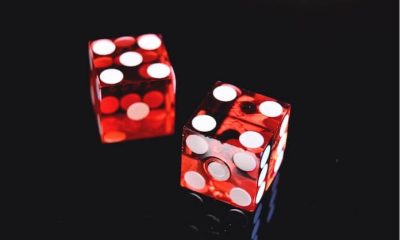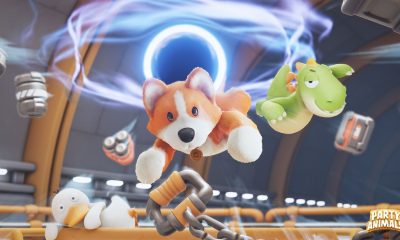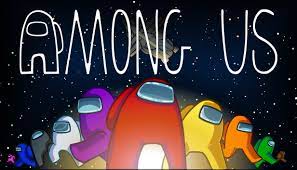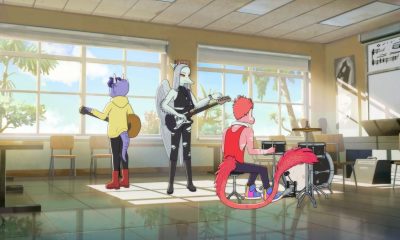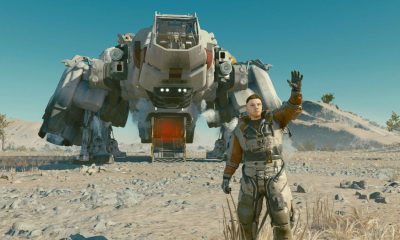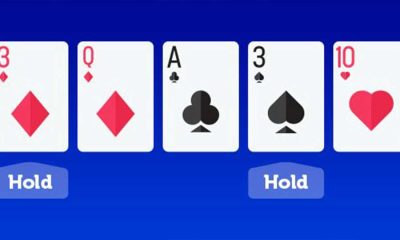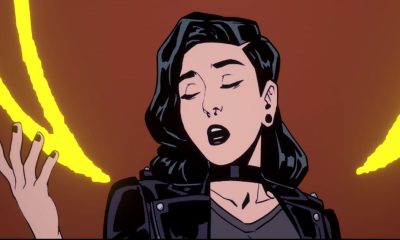The eSports scene has never been more prominent, with bigger tournaments and more and more games popping up to challenge the top titles that gain the most eyeballs, like Dota 2, League of Legends, Call of Duty, and Halo. But competitive gaming has a long heritage that stretches back to the early days of arcades – and some of those games are still being played in tournaments today. If you’re more about pixel art and 16-bit console cartridges than MOBAs, here are the classic games there’s still time to get good at.
Super Smash Bros. Melee
With its vast array of characters, insane items, projectiles, and rule sets, there’s no fighting game quite like the Nintendo GameCube edition of Smash Bros. The game is 13 years old, but it’s still a regular on the roster at EVO tournaments and the Classic Game Fest in Texas.
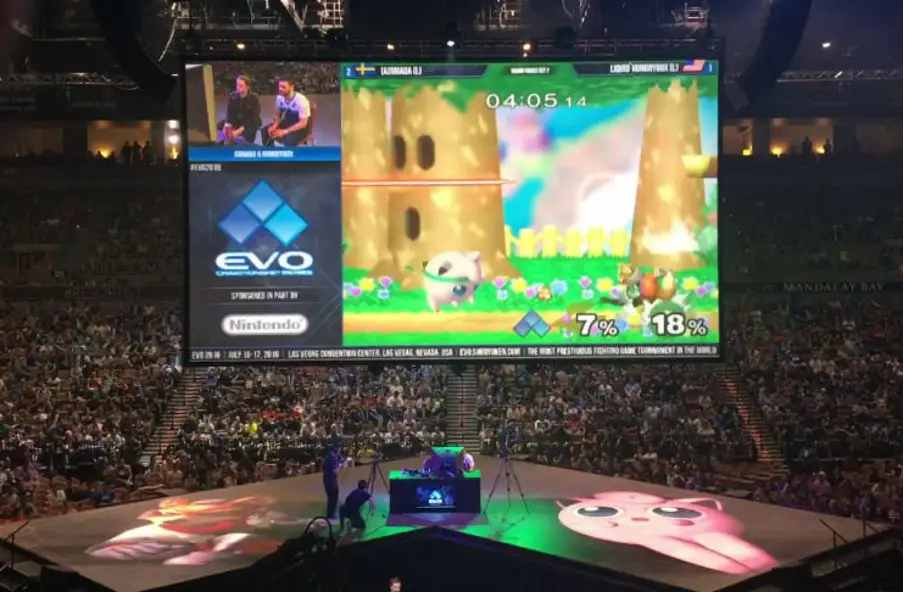
This past July, an SSBM tournament held in Las Vegas saw almost 1,000 players flying in to compete. The only thing that can eclipse Melee in the fighting game community? Another Smash Bros. game – and with two out later this year.
Playable Characters
Melee includes all playable characters from the first game. Also, it adds characters from additional franchises such as Fire Emblem, of which no games had been released outside Japan at the time, in addition to new stages and gameplay modes.
Like other games in the Smash Bros. series, Melee’s gameplay system offers an unorthodox approach to the fighting game genre, with a counter that measures damage with increasing percentages, representing the knockback the character will experience, rather than a depleting health bar seen in most fighting games.
Gameplay
Like its predecessor, Super Smash Bros. Melee is a platform fighter that differs from traditional fighting games as the objective is to force their opponents beyond the boundaries of the stage.Most attacks inflict damage and can, if enough damage is dealt, knock back the enemy. Each character’s health is measured by a meter, representing damage as a percentage.
The higher the percentage value, the farther the player gets knocked back, and the easier they are to knock off the stage, resulting in the character’s death and the loss of a stock or life. Unlike other games of the same genre, in which button-input combinations enter moves, most moves in Super Smash Bros.
Development and Release
Super Smash Bros. Melee was developed by HAL Laboratory, with Masahiro Sakurai as the head of production. Mario creator Shigeru Miyamoto served as co-producer. The game was one of the first games released on the GameCube and highlighted the advancement in graphics over the Nintendo 4. The project proposal/initial design document for the game was completed on July 5, 1999.
Reception
Super Smash Bros. Melee received critical acclaim from reviewers, most of whom credited Melee’s expansion of gameplay features from Super Smash Bros. Despite a mixed response to the single-player modes, many reviewers expressed the game’s multiplayer mode as a vital component.
Audiences love betting online for their favorite games, adding thrill to the gameplay. Fans can do so with Super Smash, too, by checking out various online sportsbooks that include betting options on Esports and more.
Despite the new features added to the game, some reviews criticized Melee for lack of originality and for being too similar to its predecessor, Super Smash Bros. Caleb Hale from GameCritics.com noted that while it was “every bit as good as its Nintendo 64 predecessor,” he also felt “the game doesn’t expand much past that point”.
On a similar note, Edge stated that “it’s not evolution; it’s a reproduction”, about a perceived lack of innovation.The nostalgic nature of the game received a positive reaction,as well as the accompanying stages and items that allude to past Nintendo games. Gaming journalists have welcomed the roster of 26 Nintendo characters, as well as the trophy system, which Nintendo Spin labeled as “a great addition to this game”.
Sales
When released in Japan, it became the fastest-selling GameCube game, with 358,525 units sold in the week ending November 25, 2001. This success continued as the game sold more than a million units only two months after its release, making it the first GameCube title to reach a million copies.
The game also sold well in North America, selling 250,000 copies in nine days. In the United States, Super Smash Bros. Melee was the 19th best-selling video game in 2001, according to the NPD Group. By July 2006, it had sold 3.2 million copies and earned $125 million in the United States alone.
Next Generation ranked it as the fifth highest-selling game launched for the PlayStation 2, Xbox, or GameCube between January 2000 and July 2006 in that country. Approximately 4.06 million units have been sold in the country since December 27, 2007.
Super Street Fighter II: Turbo
The only fighting games to ever really top Street Fighter II? Later Street Fighter games, of course. While the original and classic Capcom beat’em up has fallen off the circuit at the Evo fighting tournament in recent years, it still has a considerable fan base, and sidebar events at Evo pull in huge crowds to see the top Hadouken practitioners at work, including legendary pros like the one and only Daigo Umehara.
This year’s Tournament of Legends featured qualifiers worldwide, with finals taking place on a dedicated Japanese arcade cabinet, so there’s no reason you can’t pick up a pad and start relearning all those moves.
StarCraft
Fans in StarCraft’s adopted home of South Korea have never really got over the original StarCraft: Brood War, even after developer Blizzard and many of the top players moved onto 2010’s StarCraft II.
There’s just something about the original real-time strategy (RTS) game’s allure, be it the low-res pixel art, the blinding speed, or the game’s deep meta, that a sequel can never replace. The Brood War scene is not what it once was, with many organizers and broadcasters in the country switching to StarCraft 2, but Starleague tournaments go on, with Hwang “Sonic” Hyo Jin leading the way and acting as a linchpin for the scene.
Super Mario Kart
Mario Kart 8 may have launched a blue shell heading straight for global dominance, but its decades old predecessor still has a loyal following. Not only that, but Nintendo still runs an annual official world championship for the Super Nintendo classic racer every August in France, with gamers battling it out for the top spot in the time trial and multiplayer modes – naturally, the whole affair is streamed on Twitch this year.
Even if you don’t have an SNES or a cartridge to hand, Super Mario Kart is still readily available to play – it’s available to download on the Wii U Virtual Console.
Retrogaming has existed since the early years of the video game industry and was popularized with the Internet and emulation technology.It is argued that the main reasons players are drawn to retro games are nostalgia for different eras, the idea that older games are more innovative and original,and the simplicity of the games.
Mobile application developers have been purchasing the rights and licensing to re-release older arcade games on iOS and Android operating systems. Some publishers are creating spinoffs to their older games, keeping the core gameplay while adding new features, levels, and play styles. Retrogaming and retrocomputing have been described as preservation activities and aspects of the remix culture.

- How Different Industries Are Using Techniques From Gaming to Attract and Retain Customers
- The Enduring Appeal of Retro-Style Games
- Level Up Your Gaming: How to Maximize Bonuses for Retro and Online Casino Fans (2025 Guide)
- Megaways vs. Retro Slots: Which Are Better?
- Treasure In Your Attic? The Most Sought-After Retro Games
- Reliving the Golden Era of Gaming with PlayRetroGames.com
- Remembering some of the worst retro games ever made
- Top Picks: The Best Retro Games to Play Online
- Rediscover the Magic: Retro Games Unleashed!
- From 8-Bit to High Stakes: The Retro Gaming Roots of CS:GO Case Battles
- The Best Retro Themed NFL Video Games
- 12 of the Most Influential Chinese-Themed Retro Games
- The Role of Sound and Graphics in Online Casino Games
- The Enduring Appeal of Classic Table Games in Online Gaming
- Why Super Puzzle Fighter Was a Precursor to the Age of Casual iGaming
- Top Online Casino Providers: A New Era in Gambling
- The Evolution of Fast Payouts in Gaming: From Retro Classics to Modern Platforms
- A nostalgic revolution among retro gamers: Migrating to the thrills of online casinos
- The Increasing Role of Apps in Online Gaming
- How Retro Games Are Evolving to Match A More Mobile Gaming Industry
- Retro Game Elements in Today’s Online Casino World
- Hidden Levels and Easter Eggs in Retro Games
- Benefits For CS2 Players From CS2 Armory Pass
- The History Of Gambling In Asia
- Retro Video Game Mechanics in Casino Games
- Most Popular AK-47 Skins in CS2 and Their Prices
- The Psychology Behind Online Gambling: Why We Keep Coming Back
- Casual vs. Risky Plays: Balancing Fun with Crash Games and Retro Slots
- From 80s Arcades to Online Casinos: How Retro Video Games Inspired Modern Casino Games
- Why Poker Has Stood the Test of Time
- Tower.bet Loyalty Program: How to Earn Extra Bonuses
- What is the appeal of playing retro games?
- How Live Streaming is Revolutionizing Sports Betting
- Classic Retro Casino Slots
- Esports Tournament to Look and Bet On
- The Impact of Online Gambling on Traditional Casinos
- How to Choose the Right Casino Game for You: A Personality-Based Approach
- Exploring the Impact of Retro Gaming on Modern Game Design
- What Retro Slots Are Available at Online Casinos?
- Overview of Buying WoW Boosts for DF Mythic Dungeons
- Why Are Retrogames Popular?
- Pixelated Nostalgia: Ontario’s Retro Arcade Revival
- The Greatest Retro Gaming Moment In Movie History
- Nostalgia and Retro Revivals: The Resurgence of Classic Casual Games
- Best Dota 2 Carry Heroes in 7.35d
- The Best Video Game Remakes & Remasters of 2024
- How Online Gaming Can Impact Your Mental Health Positively
- History of casinos: When and who invented casino?
- Why Retro Games Are Still On Trend In 2024
- Best Online Casino Games in Retro Style
